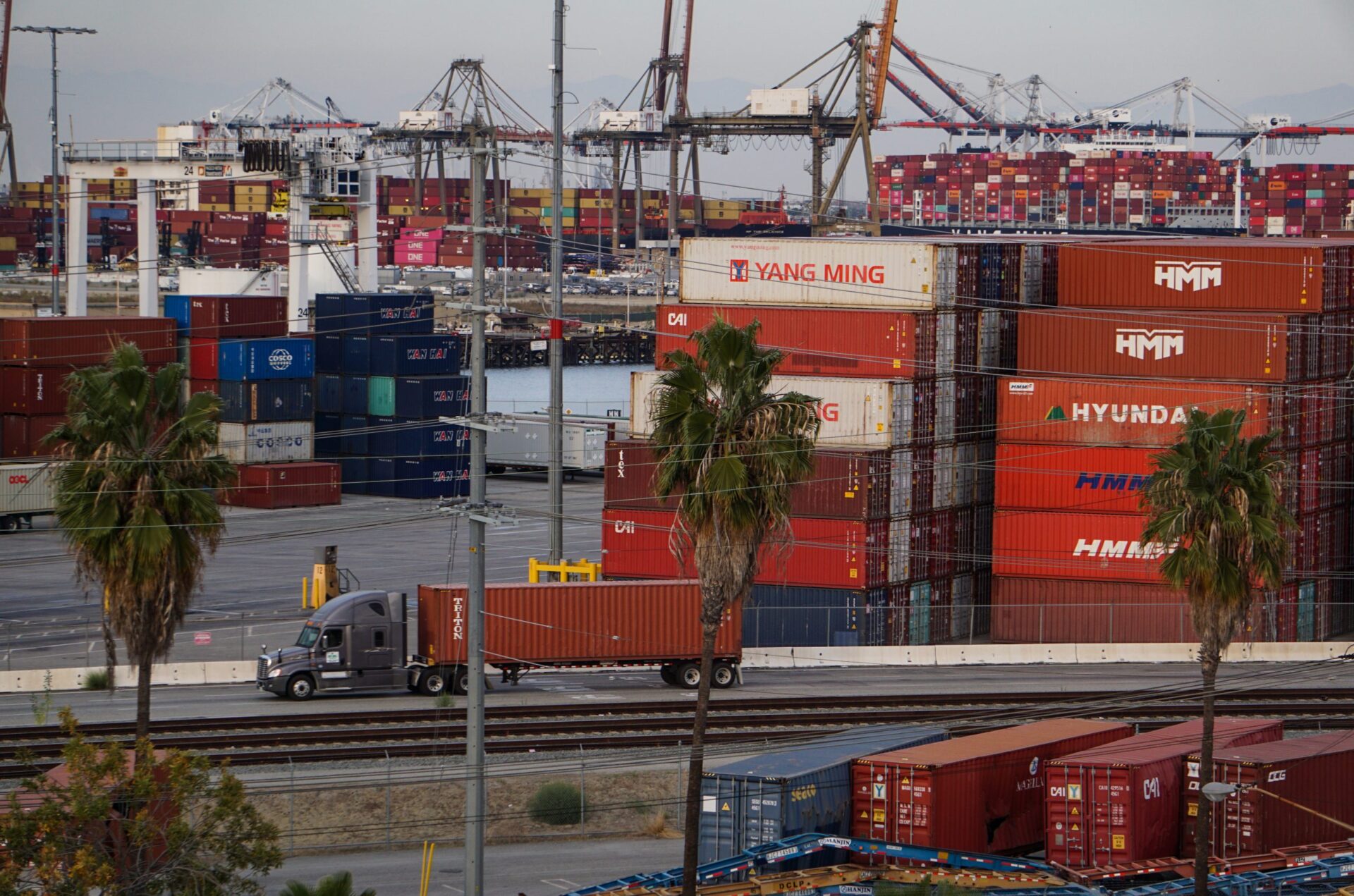Because 76% of the US population lives closer to the east, it is logical that more cargo will go there, according to industry experts.
It means ocean freight will continue to migrate to US east coast ports from Pacific gateways, Blue Alpha Capital founder John McCown told The Loadstar’s podcaster Mike King.
He said that February was the 21st straight month that east coast ports had out-performed their western counterparts and added: “This is an underlying shift that has been going on for a long time.
“By my calculations, from 2000 to 2015 there has been a 57 basis point shift a year from west coast to east coast.”
He said 57% of US freight was handled by east coast ports, with 43% going through Pacific gateways.
This was a theme Port of Los Angeles executive director Gene Seroka broached at the recent TPM conference, noting that the LA/Long Beach port complex handled 36% of all US cargo, which he said was still a significant level, buthad been reducing year on year since the turn of the century.
And Mr McCown pointed out that cargo delivered to west coast ports often faced long inland journeys to reach its final destination, sometimes using double-stacked trains to head as far as the eastern seaboard.
“From a cost and an emissions – and even from a congestion – standpoint, shipping to the east coast is the most efficient,” he said, though he conceded that if speed was essential, intermodal was still the quicker way to reach the east, rather than the all-water route.
And Emily Stausbøll, market analyst, at Xeneta, said the differential in rates between the two coasts, at its highest point, had been in the thousands of dollars.
“That has come back down to where it was in 2019, so it’s no longer so much more expensive to go to the east coast, as it was a year and a half ago,” she explained.
According to Ms Stausbøll, there are many shippers Xeneta has spoken to that have invested in warehousing and other infrastructure in the east, and would not return to the west coast.
“We shouldn’t overestimate how many shippers will return to the west coast,” she said, pointing out that investments by government into port infrastructure had been weighted in favour of east coast facilities. She added: “The investments are not just because of the congestion and west coast talks, it’s a more structural shift.”
The American Association of Port Authorities said the Biden administration had earmarked $1.2tn over five years in its Infrastructure Investment and Jobs Act: $6.5bn exclusively for port development; and $27bn for programmes ports would be eligible to apply for.
Source: The Loadstar







